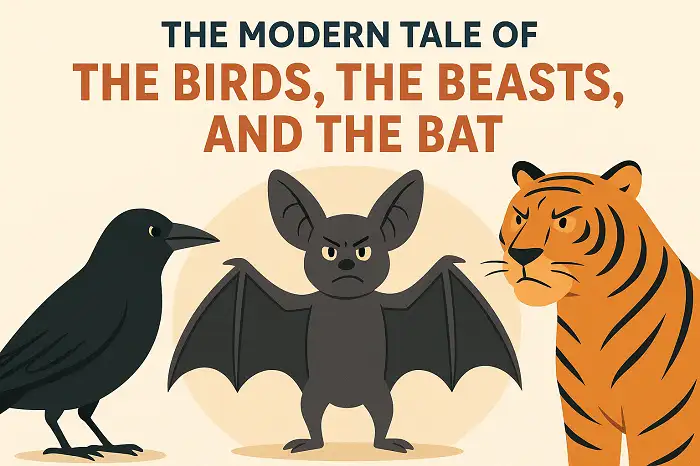The Blind Man and the Cub by Aesop for ESL students with a video or podcast, vocabulary practice in real context, and related stories from Aesop The Blind Man and the Cub is now in the public domain available on Gutenberg Project. Podcast of the Blind Man and the Cub https://www.youtube.com/watch?v=n9reE0Ow9vM The Blind Man and the Cub There was once a blind man who had so fine a sense of touch that, when any animal was put into his hands, he could tell what it was merely by the feel of it. One day, the cub of a wolf was ...
Home » English Short Stories » The Blind Man and the Cub by Aesop for ESL Students

The Blind Man and the Cub by Aesop for ESL Students
Updated: by Dr. Mohammad Hossein Hariri Asl
Time to Read: 3 minutes | 567 Views | 2 Comments on The Blind Man and the Cub by Aesop for ESL Students
Share This Post
About the Author
Dr. Mohammad Hossein Hariri Asl is an English and Persian instructor, educator, researcher, inventor, published author, blogger, SEO expert, website developer, entrepreneur, and the creator of LELB Society. He's got a PhD in TEFL (Teaching English as a Foreign Language).
Number of Posts: 4224



The blind man and the cub by Aesop said that wisdom isn’t just about facts—intuition and experience matter. Also, the blind man shows that true talent isn’t always obvious at first glance. Moreover, he warns that certain dangers are predictable if we pay attention to early signs. And, observing early signs helps prevent future problems.
Your interpretation of The Blind Man and the Cub is insightful! The fable indeed emphasizes the importance of intuition and experience over mere facts. The blind man’s ability to recognize the cub’s true nature despite his lack of sight highlights how wisdom goes beyond surface appearances. And you’re absolutely right—paying attention to early signs can help us foresee and prevent future dangers.